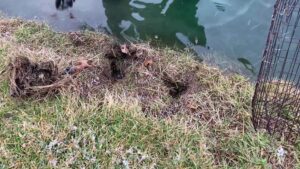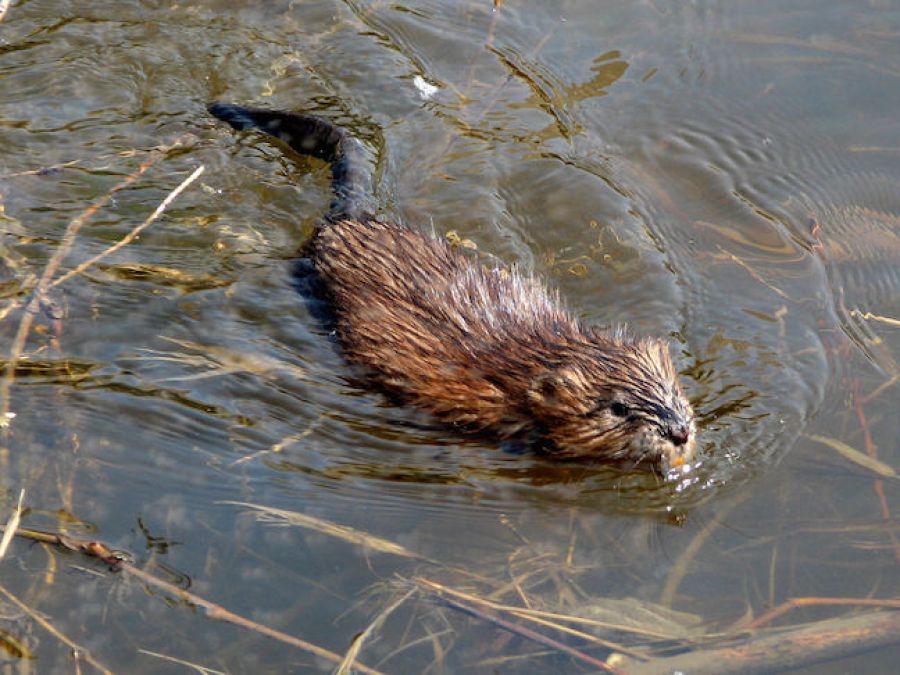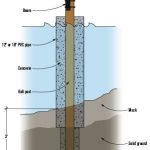Are muskrats causing havoc in your pond? Learn effective trapping methods to manage these pesky critters.
1. Understanding Muskrats
Muskrats are semi-aquatic rodents that can damage pond ecosystems. They build burrows and feed on aquatic plants.
2. Choose the Right Trap
When trapping muskrats, select a humane trap that doesn’t harm the animal. Conibear traps are commonly used for muskrats.
3. Proper Trap Placement
Place traps near muskrat runs or feeding areas. Ensure the trap is submerged in water but accessible to the muskrat.
4. Baiting the Trap
Use bait like apple slices, carrots, or sweet potatoes to lure muskrats into the trap. Check and replace bait regularly.

Credit: frontlineanimalremoval.com
5. Checking Traps Regularly
Check traps frequently to avoid unnecessary suffering to trapped muskrats. Release non-target animals promptly.
6. Legal Considerations
Before trapping muskrats, familiarize yourself with local regulations. Obtain necessary permits if required.
7. Maintenance and Cleaning
After trapping muskrats, clean and disinfect traps to prevent the spread of diseases. Store traps properly.
8. Preventing Future Infestations
Implement measures to deter muskrats from returning, such as installing fencing or removing attractants.

Credit: www.platinumlakemanagement.com
9. Professional Help
If trapping muskrats seems daunting, consider seeking assistance from wildlife control professionals for expert advice.
10. Conclusion
By following these steps, you can effectively trap muskrats in ponds and protect your pond ecosystem from their destructive behaviors.





